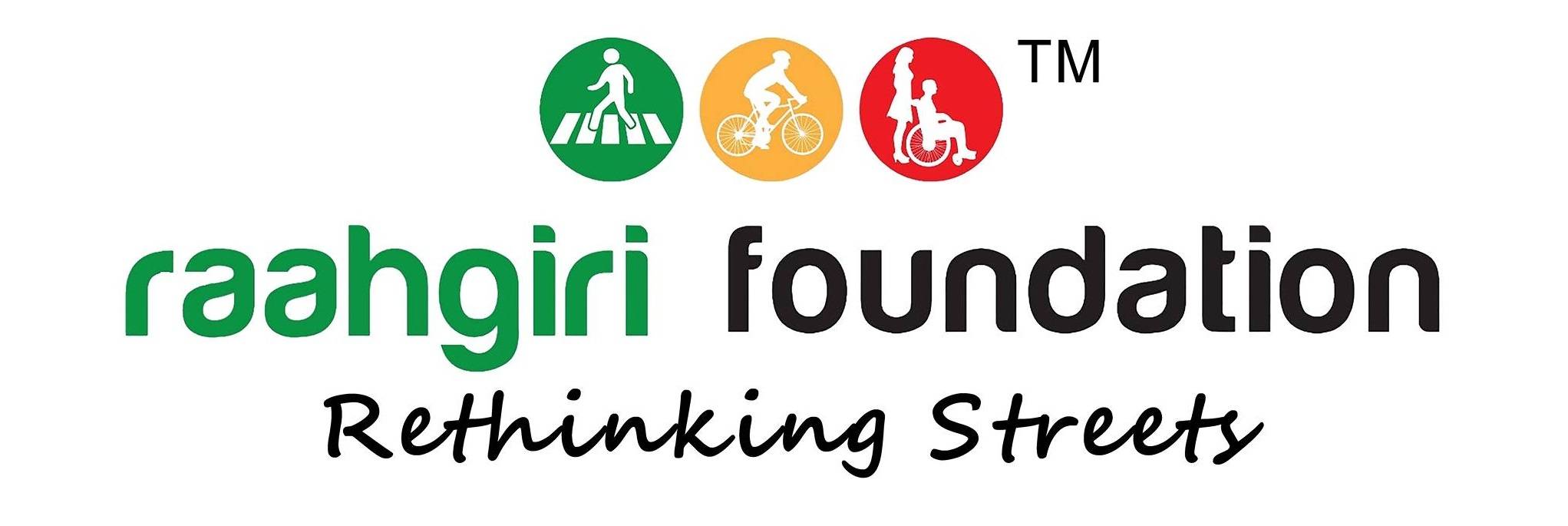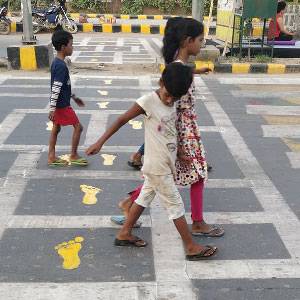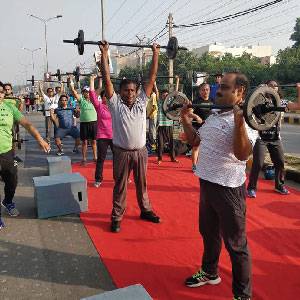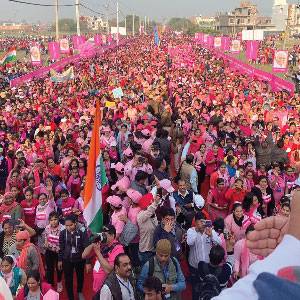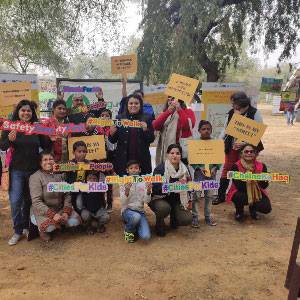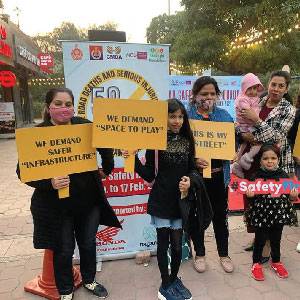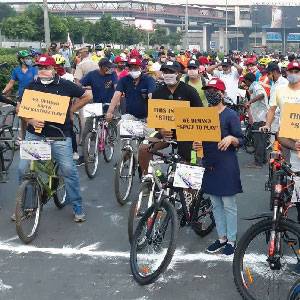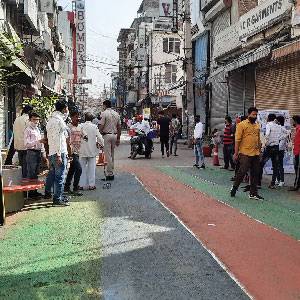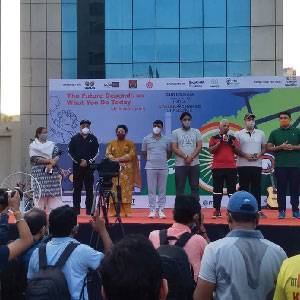Why We Need Inclusive Transportation
Imagine a world without roads or streets. At first, it might seem like a minor inconvenience, such as not being able to reach your school on time or not finding your favourite street vendors. However, upon closer inspection, the ramifications of such a world would be far more severe. The local grocer would not receive timely supplies of goods, and vegetables would not be imported from neighbouring cities or states. Sick or injured individuals would not have the benefit of ambulances, and firefighters would not be able to respond to emergencies in a timely manner. In today’s globalized world, even a 24-hour strike or road closure due to maintenance causes significant disruption. It is fair to say that roads are as essential to our survival as food, water, and air.
It’s evident that roads are essential for daily sustenance. However, our current road systems only cater to vehicle users, despite them being a minority in many countries. The majority of developed cities worldwide prioritize private transportation over sustainable and public modes of transportation, except for a few European countries like the Netherlands and Denmark. It’s alarming to see that developing cities are following suit.
It’s crucial to address the need for inclusivity on our streets because it’s dwindling day by day. We must consider alternative modes of transportation, such as cycling, walking, and public transportation, to ensure equal access for all. It’s high time to break away from the car-centric model and shift our focus towards sustainable and inclusive urban planning. This approach not only promotes healthy living and cleaner air but also facilitates better connectivity and accessibility for everyone, irrespective of their mode of transport.
Safety is the primary concern that deters people from using the roads. However, there are several reasons why people feel unsafe on the roads. Women and girls often feel unsafe using public transport due to the high incidence of harassment and abuse. Pedestrians and cyclists feel vulnerable when there is no designated cycle path or sidewalk, and even when there is, motorcyclists often encroach on them. Differently-abled people face challenges using public transport due to its unfriendly design, particularly in countries like India. Moreover, there is an intersectionality to all of these problems that significantly increases a person’s discomfort on the roads. People who belong to marginalized communities and identity groups face compounded experiences of discrimination, harassment, and violence on the roads.
In 2019, a study published in The Hindu revealed that only 9% of women feel safe while using public transport due to several reasons. One of the primary reasons cited was the lack of road lighting, which makes them feel unsafe. Furthermore, sexual harassment cases against women are often reported at bus stands, railway and metro stations, and while waiting for public transport. According to mobility expert Kalpana Viswanath, better designs of bus stands with low boundary walls, proper lighting, and shops around them will make women feel safer. She also highlights the gender bias in mobility and transport, where the transportation system is generally designed from a male-centric perspective despite women being the primary users of public transport. For instance, the grab handles in buses are fitted at a height that is not suitable for the average Indian woman.
Similarly, differently-abled people face significant challenges in using public transport regularly due to the lack of proper safety systems and facilities. There are no provisions for harnessing wheelchairs, ramps to board buses, or railings to hold onto inside modes of transport. In some cases, there are no pedestrian crossings for kilometres, which restricts mobility for these individuals. These factors combine to deny basic mobility rights to differently-abled people. Approximately 15% of the world’s population has some form of disability, and by 2030, it is estimated that almost 46% of people over 60 years old will be classified as people with disabilities. It is unfair that these individuals should be denied accessibility to places and opportunities due to the lack of inclusive transportation systems.
The emphasis on ‘building roads and streets’ in election propaganda is not without reason. In our current economic system, roads are the fundamental pillars of growth and development. They facilitate connectivity and enable access to places of employment, education, and healthcare. In other words, roads bring opportunities. When certain sections of society start using the roads less, they miss out on these opportunities and the economy becomes increasingly lopsided, with the gap between the haves and have-nots growing wider. Therefore, the focus should be on building roads for people, rather than just for vehicles. It is important to create an inclusive road network that caters to the needs of all individuals, irrespective of their mode of transport.
Ultimately, a safe road is an inclusive road that accommodates the needs of all individuals, including pedestrians, cyclists, public transport users, and differently-abled individuals. By prioritizing people over vehicles and building an inclusive road network, we can promote equal access to opportunities and ensure sustainable economic growth and development.
ALL CONTACTS
- C-157, Anand Vihar, Vikas Marg Extension, Delhi, India, 11009
- Office +91-8826865797
- raahgirifoundation@gmail.com
- Copyright All Rights Reserved : Raahgiri Foundation
- raahgirifoundation@gmail.com
